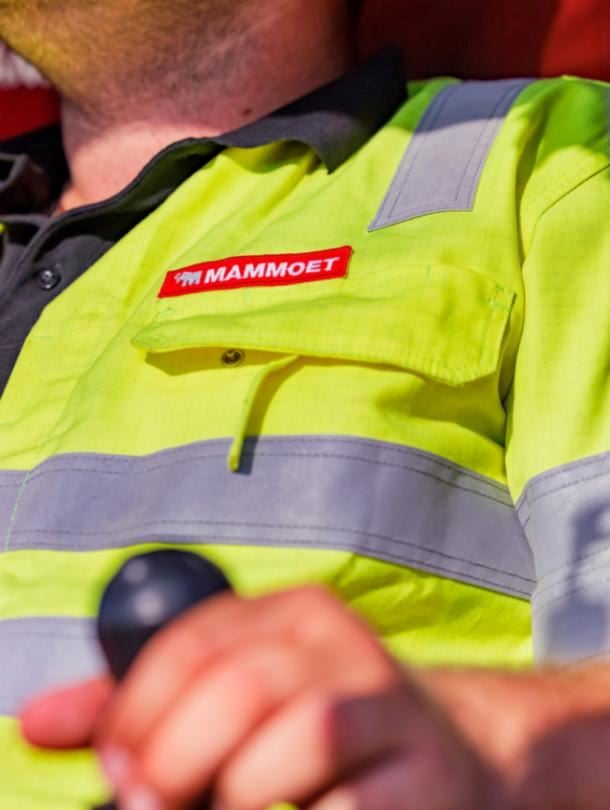
Sector:
Onshore Wind
Expertise:
Heavy lifting
Crane lifting
Mammoet’s WTA lifting system is scheduled for release in 2023.
As developers chase stronger flows, onshore wind hub heights are growing beyond the reach of conventional crawler cranes. Mammoet’s new WTA lifting system allows theoretically infinite hub heights and paves the way toward emissions-free turbine erection.
The WTA assembles wind turbine generators by attaching directly to the tower itself, using a series of clamps to self-assemble and then climb to each lift location. It assembles tower sections, hubs, and nacelles, and has a capacity of 150t. Its innovative concept means that the WTA can keep working when conventional crawler cranes can’t. It operates at wind speeds up to 20m/s, reducing downtime during construction and extending the build season.

As the WTA has a significantly reduced footprint and is much smaller and lighter than any type of crawler crane, it actively lowers the need for groundwork on site. Pads can be smaller, and ground pressure requirements are lessened - maxing out at the 15t/m2 typically needed for assist cranes.
The system’s small size means quicker and more cost-effective mobilization. While a conventional crawler crane can require up to 50 truckloads to reach the site, the WTA gets there with just nine.
With no boom laydown requirement, much fewer components, and a lower total weight, the WTA is also faster from pad to pad. In fact, relocation time is reduced by approximately 50%, compared to using crawler cranes. It, therefore, shaves weeks off wind farm construction schedules.

Powered entirely by electricity, it also opens the door for a 100% emissions-free journey from the factory to the first Megawatt – with transport to the site via electric or hydrogen-powered truck, on-site maneuvers via ePPU-enhanced SPMT and carbon-free WTA lifting.
The WTA system is now design-ready and can be ready to enter the market during Q2 2023.




